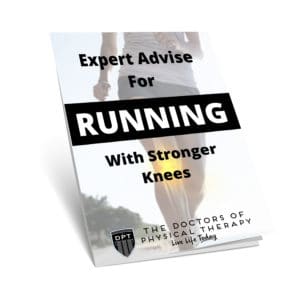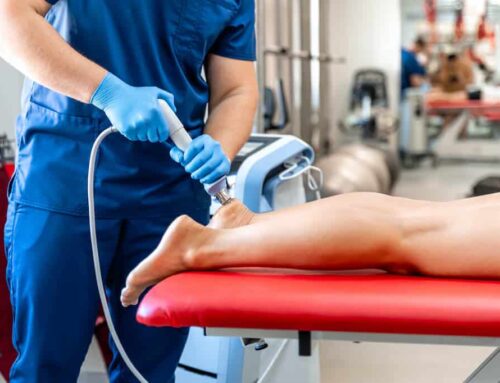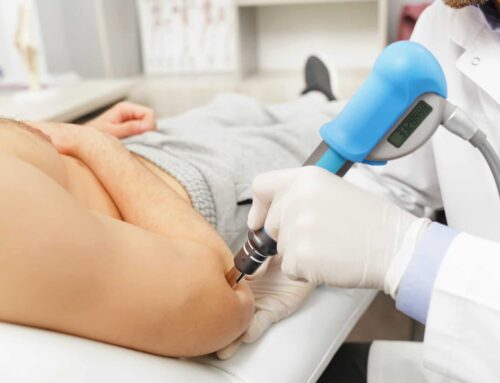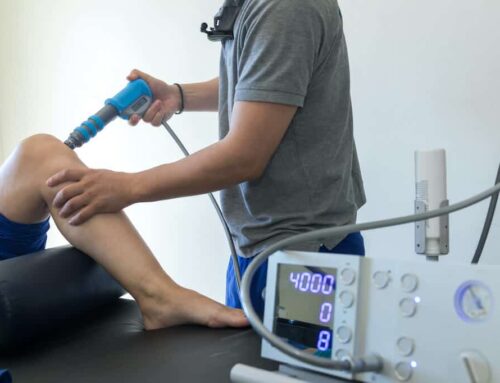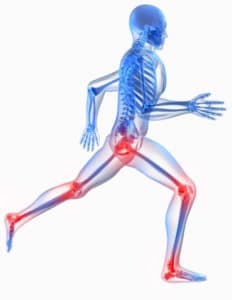
If you’re a runner, there’s a good chance that you’ve experienced knee pain running. The knee is the most common site of running injuries, with up to 50% of runners experiencing knee pain in any given year. Though there are various causes of knee pain, one of the most common in runners is called patellofemoral pain syndrome – which is just a fancy way to say pain near the knee cap.
Generally, this type of pain will be located in the front of the knee. It typically worsens with running downhill, going up or down stairs, squatting, and kneeling. It may even occur after sitting for long periods.
The patella, also known as the knee cap, is supposed to move up and down smoothly when you bend and extend your knee. If something is restricting it from doing this, or if there are imbalances in muscular control of the movement, the knee cap will not move up and down properly. This leads to abnormal compression on one side of the knee, and tension on the other – either of which may lead to knee discomfort.
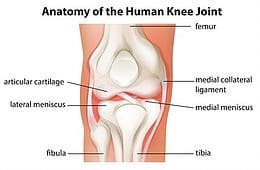
There are a few possible reasons why the knee cap may not be moving properly. A healthcare clinician can help you figure out the source of your individual knee pain; however, some of the most common reasons are:
Blog image: https://www.medicalfitnesspros.com/how-much-impact-can-1-pound-of-fat-have-on-your-knee-pain/joint-pain-running
1. Weakness of hip muscles
2. Weakness of thigh muscles
3. Flat foot posture
4. Muscular tension in thigh or tightness in calf musculature.
Specific exercises addressing the cause of patellofemoral pain will help reduce pain and allow optimal muscle function. The following exercises address one of the most common causes of pain: weakness of the hip muscles.
Introductory level: side-lying clams, side-lying hip abduction.
Progressions: single leg deadlift with rotation; side plank with leg lift
If you are having consistent knee pain during and/or following runs, we recommend taking a few days off from running (try swimming or elliptical machine instead) while you work on these exercises. If your knee pain doesn’t seem to fit with the above, it may not be a patellofemoral issue – it could be related to irritation of other structures around the knee joint. Check out our post on tips for knee pain: the meniscus to find out more.
For additional exercises and progressions, check out this post on cross training for runners.


